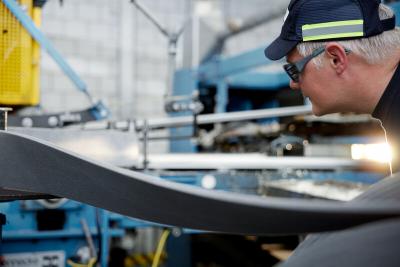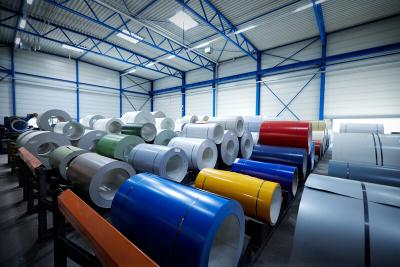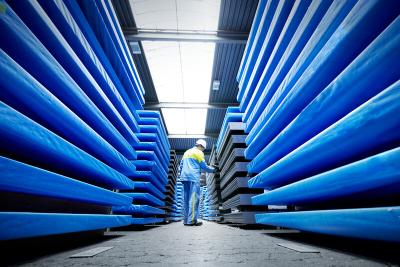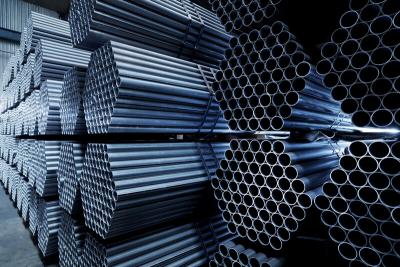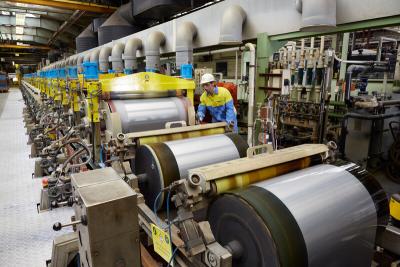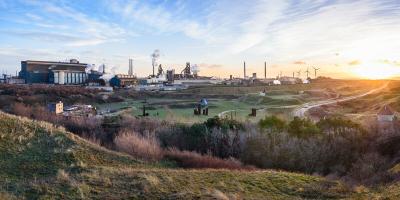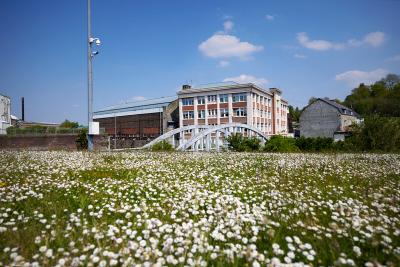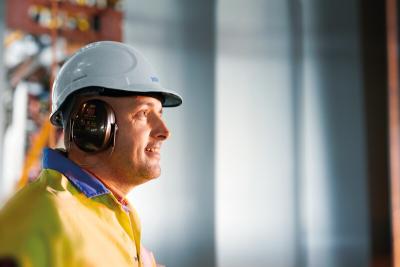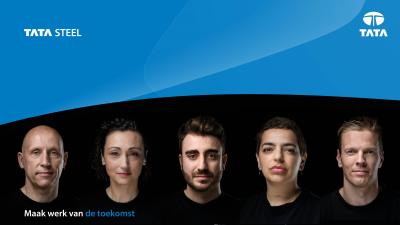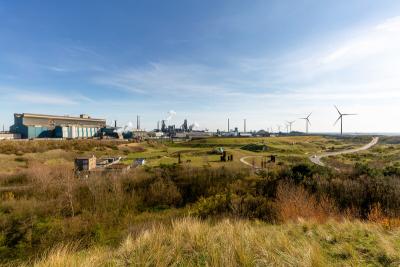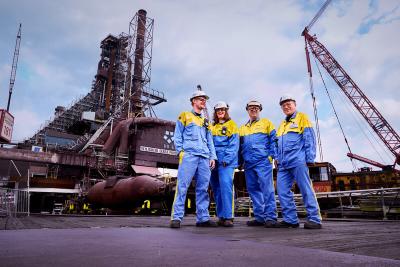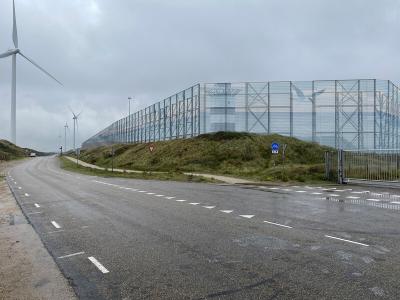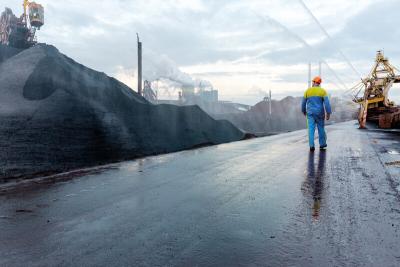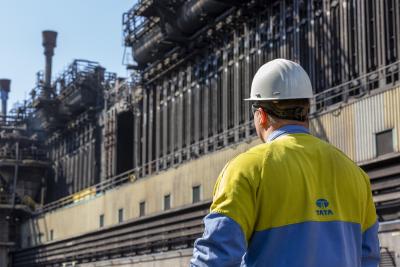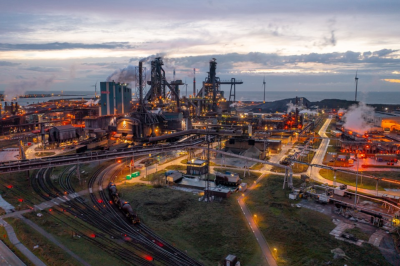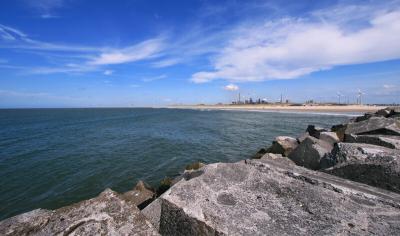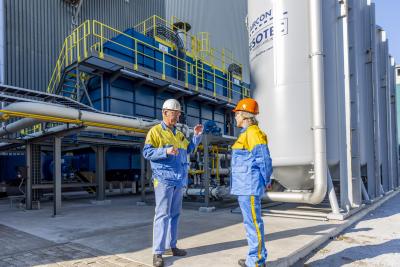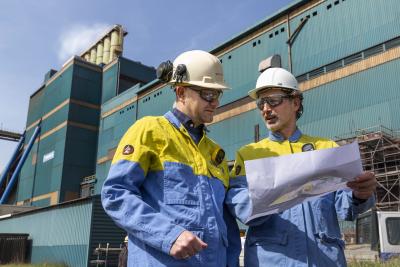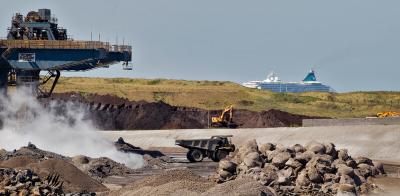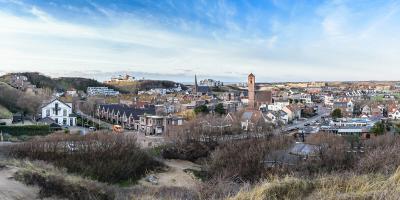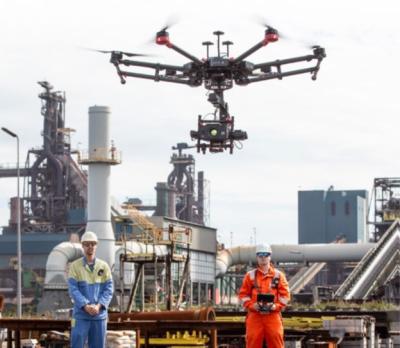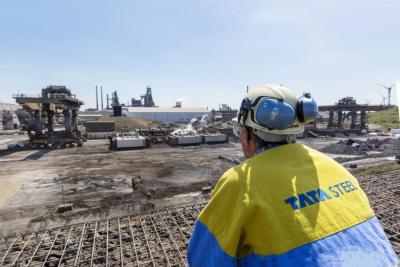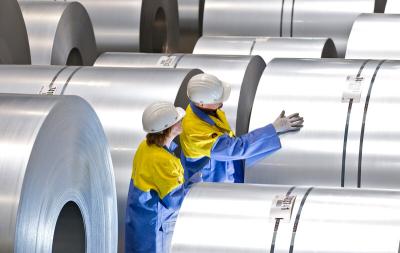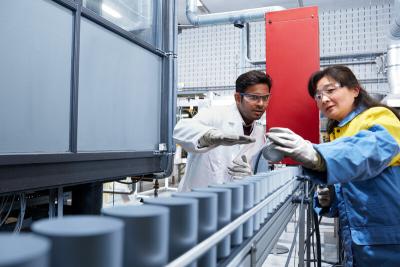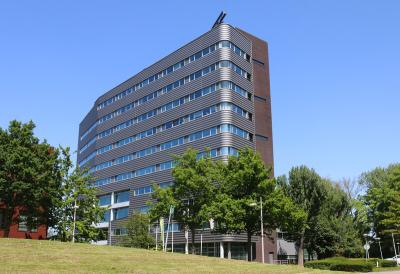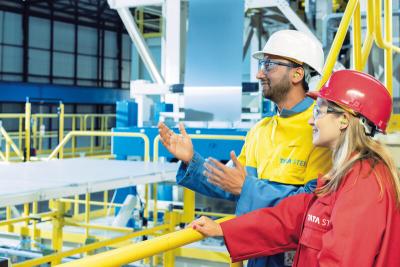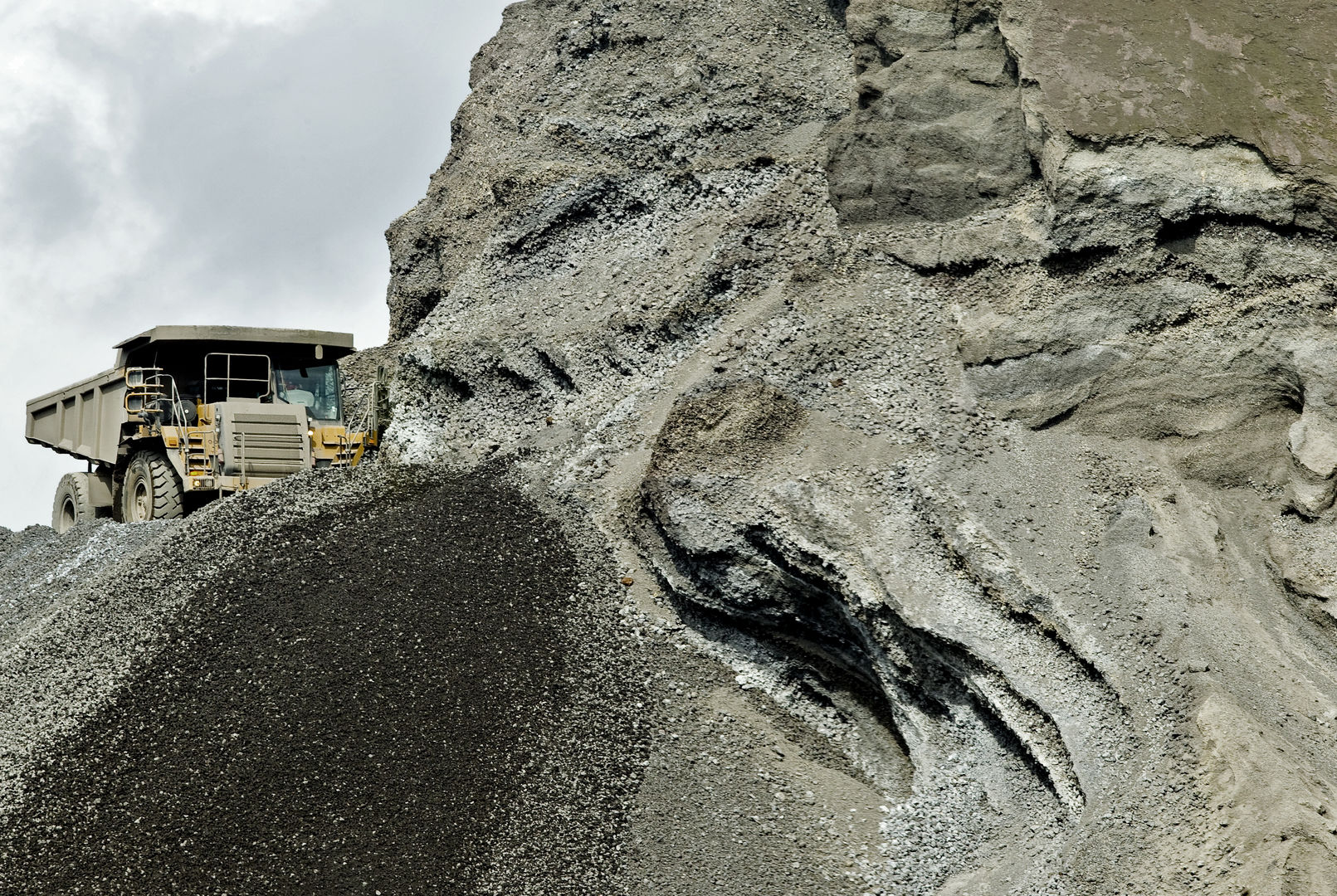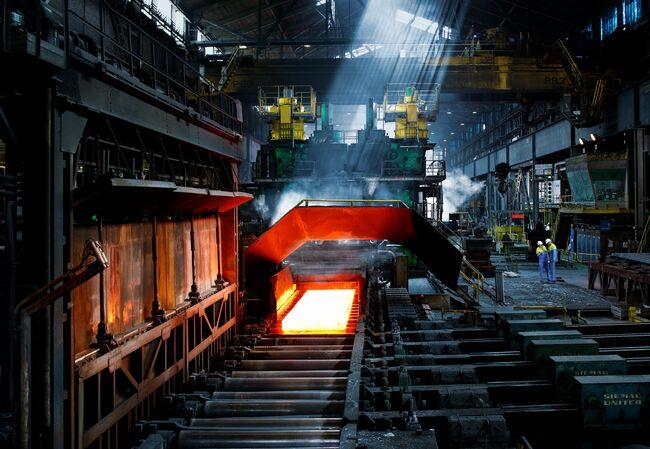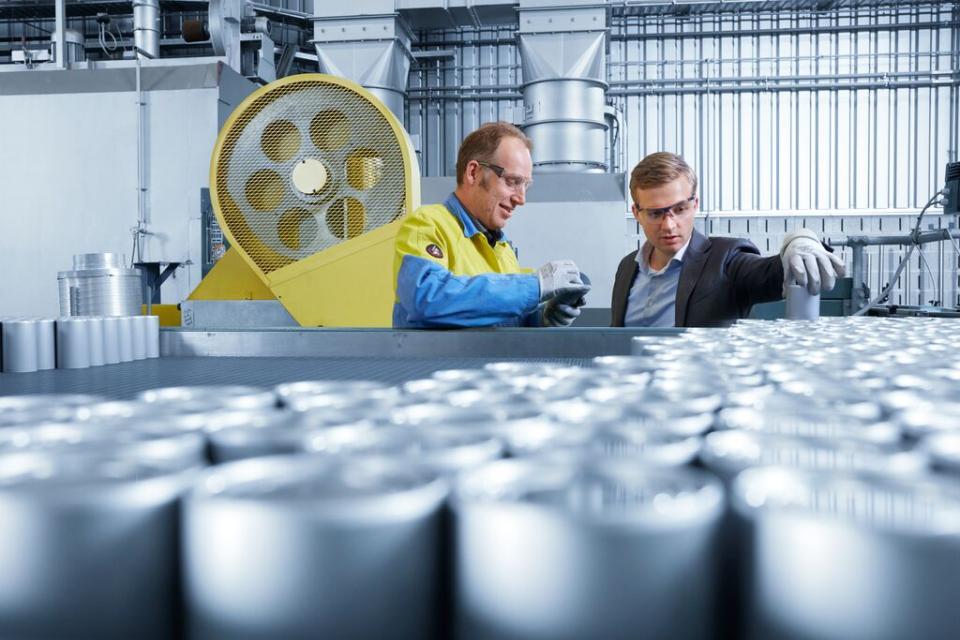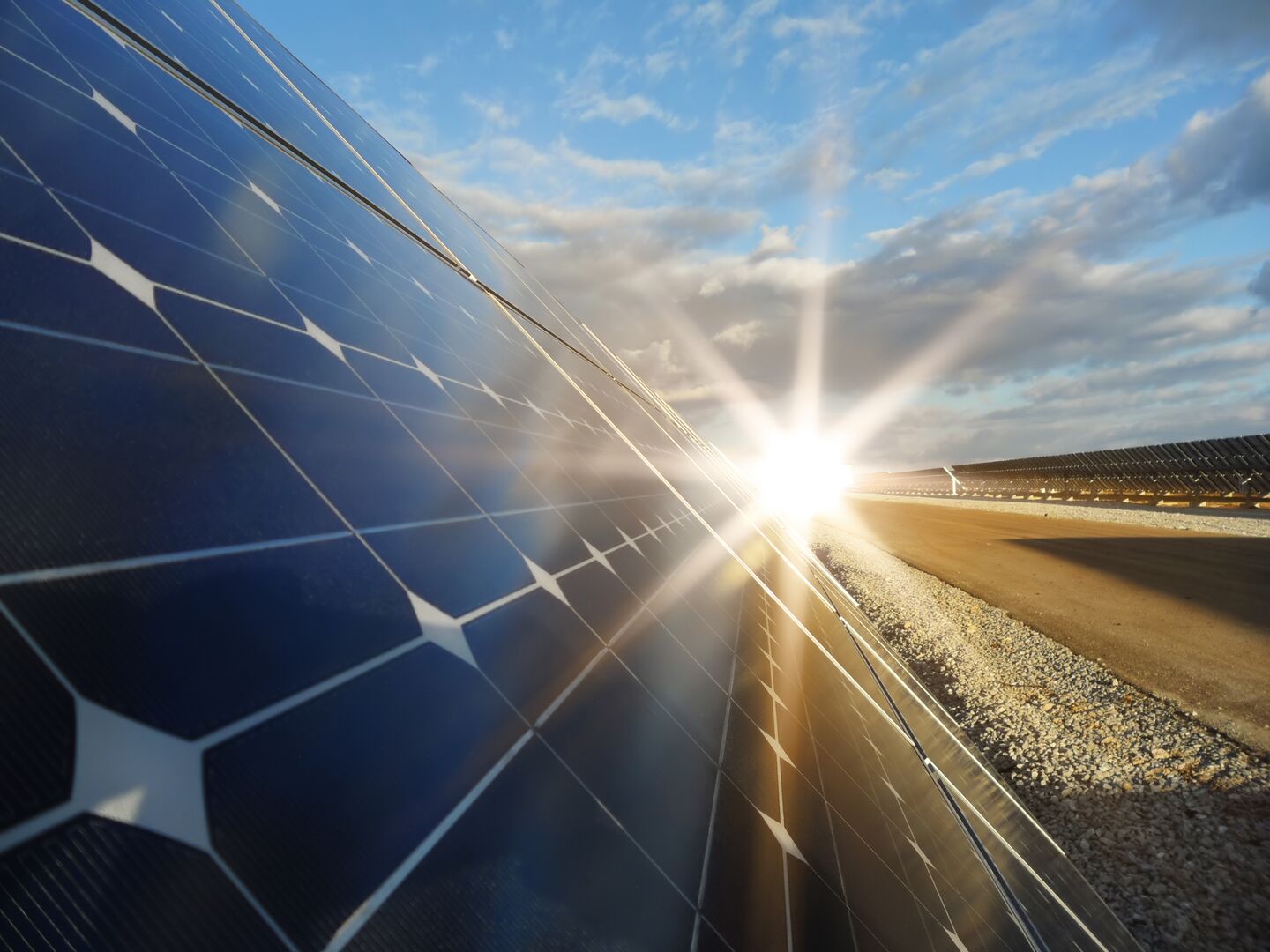What is steel slag?
Steel slag is a by-product of steel production. It is formed during the conversion of pig iron into steel. The solidified steel slag is a stony material, similar to what is extracted from certain quarries.
There are different types of slag. Blast furnace slag, which forms during the iron-making process, is used as a raw material in the cement industry. Steel slag, on the other hand, is used worldwide as a construction material for roads, noise barriers and dikes.
In recent years, we have recycled over 1 million tonnes of residual material and used 544 kilotonnes of external scrap, accounting for 12% of our total steel production.

Frequently Asked Questions About Steel Slag
Steel slag is formed during the refining of liquid pig iron into liquid steel. The resulting molten slag floats on top of the molten steel. This slag layer is poured off and cooled. It is then crushed, and any remaining iron is extracted and reused as much as possible.
The production of steel slag is inextricably linked to steel production, as pig iron still contains many impurities. By adding a slag-forming agent, these impurities are removed from the iron and bound in a stony material — resulting in the formation of steel slag.
Solidified converter slag mainly consists of minerals such as calcium silicates and iron oxides. These substances originate from iron ore and therefore also occur naturally.
There are different types and qualities of steel slag, depending on the steelmaking process and the specific processing stage. Steel slags have various properties and applications. All applications must comply with environmental regulations. The conditions for using steel slag are well known to those working in civil construction. The certificate for each type of slag clearly states how the material should be used. It is the responsibility of the executing parties to comply with these requirements.
In IJmuiden, the various types of steel slag are processed separately, and we seek the highest added value for reuse of each type. LD steel slag is used in the Netherlands in ground, road and hydraulic engineering (GWW sector). Examples include road foundations, noise barriers, on- and off-ramps, and viaduct structures. LD slag is also used in asphalt.
Steel slag is not harmful to nature if applied correctly. It is mainly used as a certified construction material in road and hydraulic engineering. This means it meets the environmental and technical standards required of such materials. In June 2014, the Provincial Executive of North Holland and the North Sea Canal Environmental Agency officially recognised steel slag as a by-product that can be used as a construction material — a position echoed by the Ministry of Infrastructure & Environment in 2017. Rijkswaterstaat (the Dutch Directorate-General for Public Works and Water Management) is one of the main users of steel slag, for instance in shoreline protection.
We aim to make maximum use of materials that can have a second life. Closing the loop between different industrial sectors is a key theme of the circular economy. By using steel slag products, we are able to produce steel while enabling contractors to build embankments, noise barriers, dikes and motorways without the use of sand or gravel.
There are various types of steel slag for different applications and markets. We generate revenue from some products, while in others we operate in a displacement market. This means we compete with other construction materials such as soil, sand or construction rubble. In such cases, any costs we incur are largely related to transport, storage and processing from Tata Steel to the site where the steel slag is used.
The total steel slag production in Europe is currently around 11 million tonnes. Tata Steel Netherlands produces approximately 0.65 million tonnes annually.
Our steel slag is transported in liquid form to Harsco, a company located on our site.
Harsco cools, screens, and recovers the remaining metal from the slag. The recovered metal and part of the steel slag are reused in the steel production process, while the remainder is sold to the market.
Pelt & Hooykaas is responsible for selling the steel slag. This company, with locations in IJmuiden and Rotterdam, has been supplying secondary construction materials to customers in and outside the Netherlands since 1891. Clients range from construction contractors to government bodies, including Rijkswaterstaat.
Steel slag is a certified secondary construction material in the Netherlands. Unfortunately, in some cases, the application conditions have not been properly followed. This has occurred in places such as roads in Harlingen and Nijmegen, a golf course in Spijk, and a landfill site in Eerbeek. If not handled correctly, steel slag can lead to undesirable situations:
- Fine particles of slag may become airborne and irritate the eyes, similar to sand.
- Steel slag is rich in lime. When incorrectly used in unbound applications and exposed to long-term rainfall, lime-rich water may seep into the ground. This can increase the pH level of the soil, causing metals to dissolve and migrate through groundwater.
- Steel slag contains metals in oxidised form, which may leach out if not correctly used in unbound applications.
Steel slag is a circular by-product of steel production that arises during the refining of pig iron into steel. We regret that some cases of incorrect application in the Netherlands have resulted in environmental harm. Every instance of environmental contamination due to the improper use of steel slag is one too many. These incidents involve both domestically produced slag and imported slag from other countries.
We have established an internal, multidisciplinary taskforce focused on:
- Further improving current processing and responsible use of steel slag.
- Developing a new strategy for the sustainable application of steel slag through innovation and technological development.
We are taking into account that both the composition and volume of steel slag will change in the future as we move towards green steel production. We are working with research institutes, a technical university in the Netherlands, and market players active in current and future slag processing and applications.
The findings of this working group are expected in the third quarter of this year, after which we will begin implementation. The core of the new measures will include our more active involvement in the accreditation process for buyers and projects using steel slag. We also aim to play a more active role in the auditing process for steel slag application and project execution — both within the Netherlands and internationally.
Furthermore, we are working on a responsible application approach. One potential solution is to use steel slag as an ingredient in bound products, such as asphalt or concrete. This helps prevent environmental contamination.



